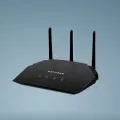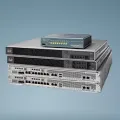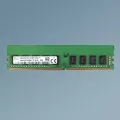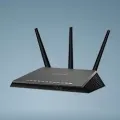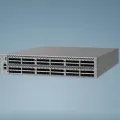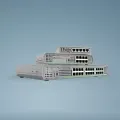what is networking types of networks network topologies advantage of networks what is networking it's a practice of connecting multiple computing a device in order to share the resources exchanging files and allow electronic communication it’s nothing when more than one devices are connected or interconnected in order to share their resources or exchanging the files or to have a communication it’s a network, in general, the devices can be interconnected in terms by using a medium the medium can be aided a wired medium or a wireless medium if it is a wired medium the devices can be connected by fiber cables copper cables telephone lines etc in case of a wireless medium for wireless communication the radio waves satellites or infrared beams are used so these are networking next we are going to discuss types of networking local area network it's nothing but when multiple devices within our building are within a limited geographical area are connected to have a communication or to share the resources within the network this is the local area network.
Buy refurbished networking equipments next is a wide area network it's known as a van it's used to connect device across a geographical area that there is no restriction as like a LAN for example when we are communication communicating with the person in-ears from India this is one and if we are sharing a file or we are communicating within a building it's a LAN the third one is metropolitan area network which is also known as the man it’s a data network that's designed for a town or a city for a specific reason then storage area networks and it's a dedicated network that designed to share the storage area to multiple devices, in general, it will be used in corporates they'll be having their storage area in a particular place and all the devices in the company will be making use of this network topologies in general topology refers to a virtual layout or an arrangement of devices in the network so in order to establish refurbished network equipment these are the five basic topologies that are bus topology ring topology star topology tree topology and mesh topology let us discuss this topology in detail bus topology this is the topology which makes use of a backbone, in general, the backbone which is used is a cable wire that is if we see in this diagram it's clear to us that all the devices in the network make use of a single cable to communicate with each other the main disadvantage of this technology or this topology is if this particular backbone is down then the entire network will down the next is a ring topology that is all the devices in the network will be connected will be structured in a ring-like form it link the ring-like structure that is all the devices will be having a two neighborship the main disadvantage of this topologies if a particular device goes down the entire network will be down the next one's star topology in which all the devices in the network will be structured will be arranged as like a star and here hub is a device that she used to connect all the devices and the main the disadvantage of this topology is if hub goes down the entire network will be down free topology.
Its hybrid topology makes use of both bus and star topology
consist of a group of start coming configured workstation connected to a linear
bus cable if you see the main advantage of this is if a particular hub goes down
only the workstations that are connected to that particular hub will go down
it's notes like the earlier we have seen but in case if the bus that’s a
backbone goes down then the entire buy refurbished network equipment fall down the mesh topology it's
much reliable and here all the devices will be interconnected to other devices
here every node not only send its own signal but also relates the data from
other nodes it's more reliable when compared to other topologies at lost
advantage of networks so these are the common advantages or basic advantages of
the networks communications data sharing internet services video conferencing broadcasting
remote access flexible reliable data transmission.





